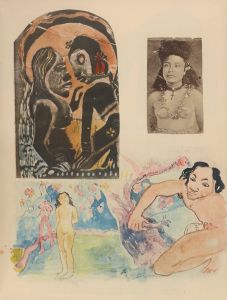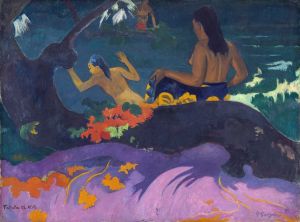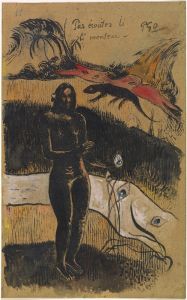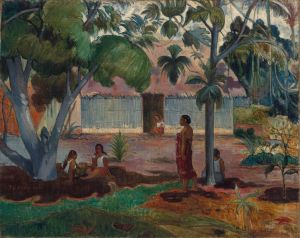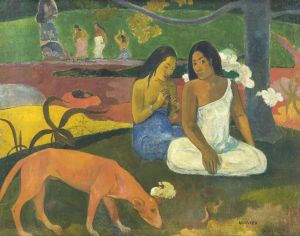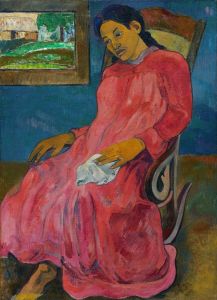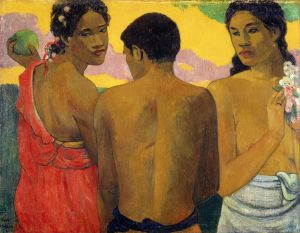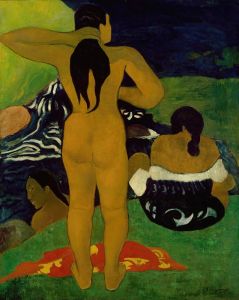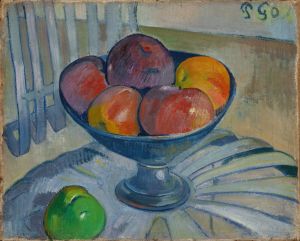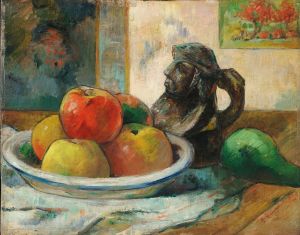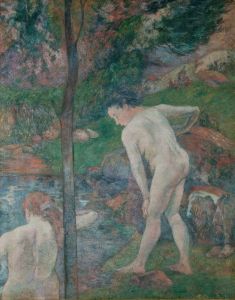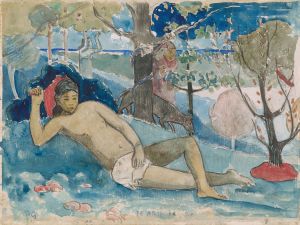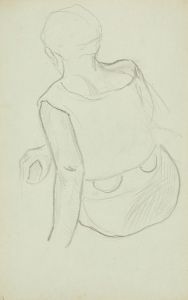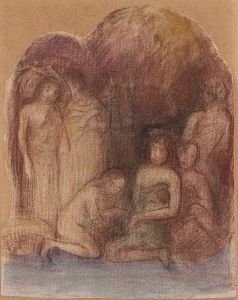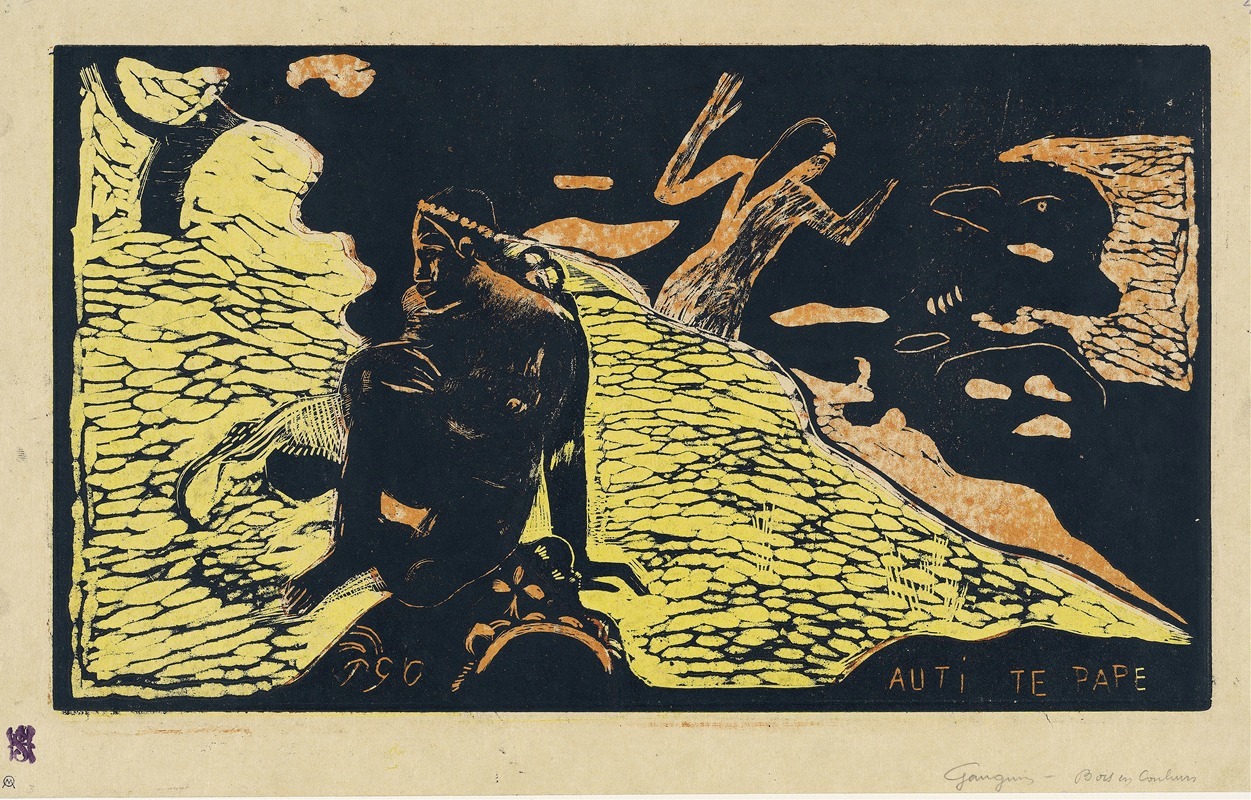
Auti te Pape
A hand-painted replica of Paul Gauguin’s masterpiece Auti te Pape, meticulously crafted by professional artists to capture the true essence of the original. Each piece is created with museum-quality canvas and rare mineral pigments, carefully painted by experienced artists with delicate brushstrokes and rich, layered colors to perfectly recreate the texture of the original artwork. Unlike machine-printed reproductions, this hand-painted version brings the painting to life, infused with the artist’s emotions and skill in every stroke. Whether for personal collection or home decoration, it instantly elevates the artistic atmosphere of any space.
"Auti te Pape" (also known as "By the Water") is an oil painting created by the French Post-Impressionist artist Paul Gauguin in 1892. This artwork is part of Gauguin's Tahitian period, which began when he first traveled to Tahiti in 1891 in search of a more primitive and unspoiled environment compared to Europe. Gauguin sought to escape the industrialized world and immerse himself in what he perceived to be a purer and more authentic way of life.
The painting depicts two Tahitian women by a river, with lush tropical vegetation surrounding them. The title "Auti te Pape" translates to "By the Water" in English, reflecting the setting of the scene. Gauguin's use of vibrant colors and bold forms in this painting exemplifies his distinctive style, which was influenced by his desire to capture the essence of the Tahitian landscape and its inhabitants.
In "Auti te Pape," Gauguin employs a palette of rich, warm colors to convey the natural beauty and tranquility of the Tahitian environment. The figures of the women are rendered with a sense of solidity and monumentality, which is characteristic of Gauguin's approach to depicting the human form. The composition is carefully balanced, with the figures positioned in the foreground and the lush foliage creating a sense of depth and perspective.
Gauguin's time in Tahiti had a profound impact on his artistic development. He was deeply influenced by the local culture, mythology, and the natural surroundings, which is evident in many of his works from this period. "Auti te Pape" is a prime example of how Gauguin integrated these elements into his art, creating a unique fusion of Western and Polynesian influences.
The painting is also notable for its exploration of themes such as the relationship between humans and nature, and the idealization of the "noble savage" – a concept that romanticizes indigenous peoples as living in a state of purity and simplicity. Gauguin's portrayal of the Tahitian women in "Auti te Pape" reflects his fascination with these themes, as well as his desire to depict a world that was, in his view, untainted by modern civilization.
"Auti te Pape" is housed in the Musée d'Orsay in Paris, which holds an extensive collection of works by Gauguin and other artists of the 19th century. The painting is considered an important piece within Gauguin's oeuvre, as it encapsulates his artistic vision during his time in Tahiti and his ongoing quest to capture the essence of the places and people he encountered.
Overall, "Auti te Pape" stands as a testament to Gauguin's innovative approach to art and his enduring legacy as a key figure in the Post-Impressionist movement. The painting continues to be celebrated for its vibrant depiction of Tahitian life and its contribution to the broader narrative of Western art history.





